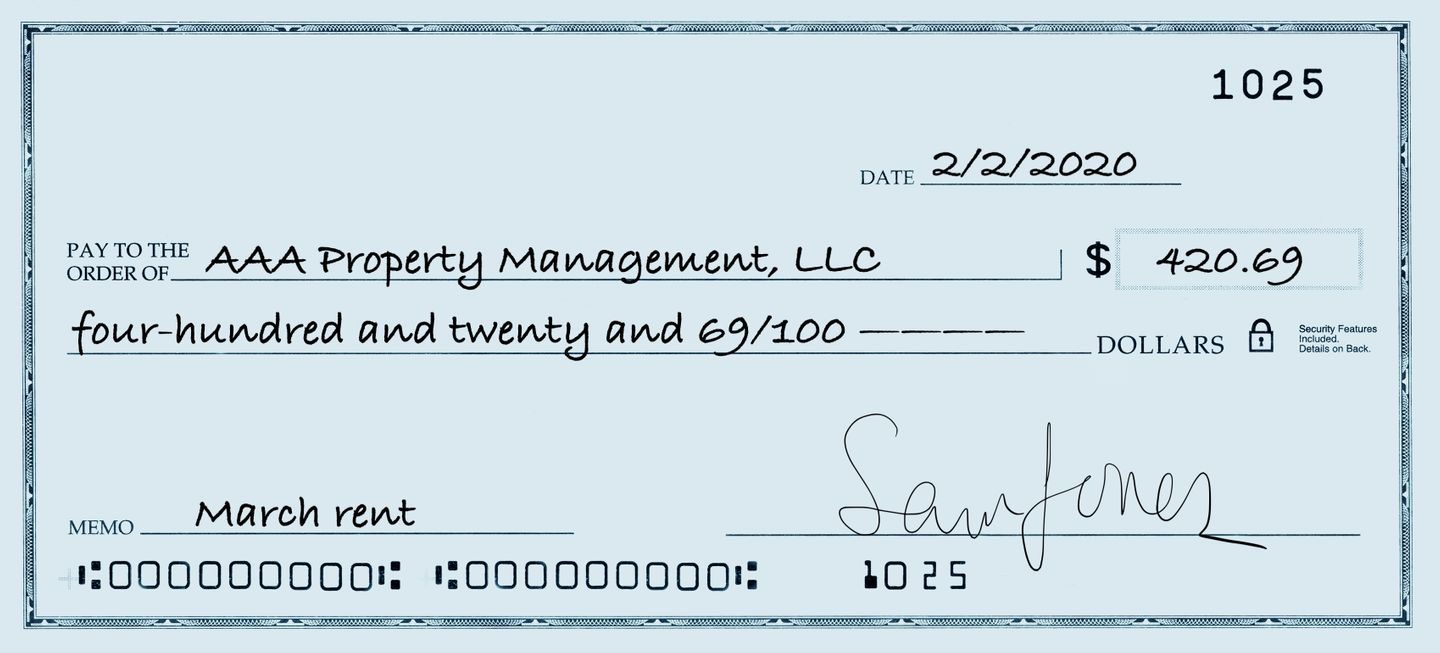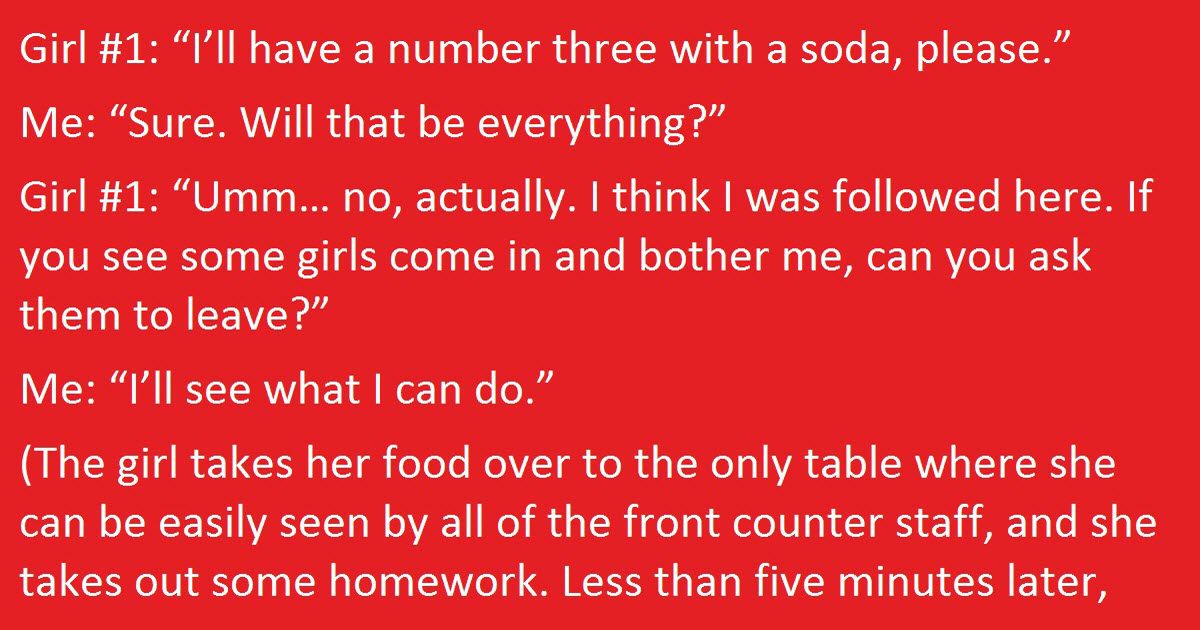Most people born before online banking became the norm know how to write a check. If you’ve ever sent a holiday card or package, you’re probably familiar with the envelope address. There’s been virtually no need for Generation Z to learn those skills. Even though some of these “adulting” tasks may seem outdated, they can still be helpful.
How to Write a Check
There was no way to pay a bill back in the olden days of the 20th century without writing a check. Electronic funds transfers and online payment portals like PayPal, Venmo, and Zelle will be accepted by nearly everyone in 2020. Unfortunately, some people today will only get cash or check as payment, such as landlords and service providers, who charge a significant fee for electronic payments. But thankfully, it’s not that difficult once you know the basics.
As a rule of thumb, bank checks should be made out of blue or black writing ink, which the banks prefer. This is because inks other than pencils are more difficult to alter, especially when photocopied or scanned. The legal name of the business or individual you’re paying goes in the “Pay to the order of” line. A good rule of thumb is checking the preferred account holder’s name before sending a payment to a utility or property management company.
Numbers should be entered in the box to the right of the payee line. You will write each dollar amount in words and the corresponding fractions on the long middle line. In this case, “four-hundred twenty dollars and 69/100” would be written. Some people cut through the rest of it to prevent others from tampering with the line. A brief description of what the payment is for can be included in the check memo line.
How to Address a Letter
In the modern world, snail mail is a dying art, which is a shame because receiving something in the mail other than bills, junk mailers, and catalogs you didn’t ask for is quite enjoyable. They’ll be delighted if you write a letter or send a card to a neighbor. Now you know how to address a letter’s envelope and its overall layout adequately.
The recipient’s name should be written on the first line of the envelope or postcard. Add a “care of” line with the mailbox owner’s name if they stay with someone else who typically gets the mail. Next, write the street address and phone number on a separate line after the name(s) of the recipient(s). You can include the apartment, suite, or unit number on this line or below. Finally, include your address and ZIP code on the final line. It’s not required, but having a four-digit extension can speed up mail delivery.
Example:
Alex Anderson
c/o John Smith
1234 Mockingbird Lane, Apt 5
Anytown, AZ 85000-1234
How to Register to Vote
I think this is the most crucial life skill of all time. In the 2020 general election, you’re eligible to vote if you’re 18 or older. By November 3, 2020, you’re eligible to vote! The post office, the library, or when you apply for or renew a driver’s license or state ID are all places where you can register. However, going online is the most convenient option. Online registration is available in 39 states and the District of Columbia; the relevant links can be found here.
States have different registration deadlines, and some even allow registration on the same day. Check with your local elections board or attorney general’s office to see if you have a time limit for submitting your application.
New Jersey will soon offer online registration. The ten states that don’t have online voter registration include Arkansas, Maine; Mississippi; Montana; New Hampshire; North Carolina, North Dakota, South Dakota, Texas, and Wyoming. If you live in one of these states and would like to register to vote online, find you local and state representatives and write to them.
Finally, please do everything you can to vote in this election, not just for the president but for your elected officials at the state and local levels. Vote as if your life depends on it because it does, in the words of Beyoncé.






